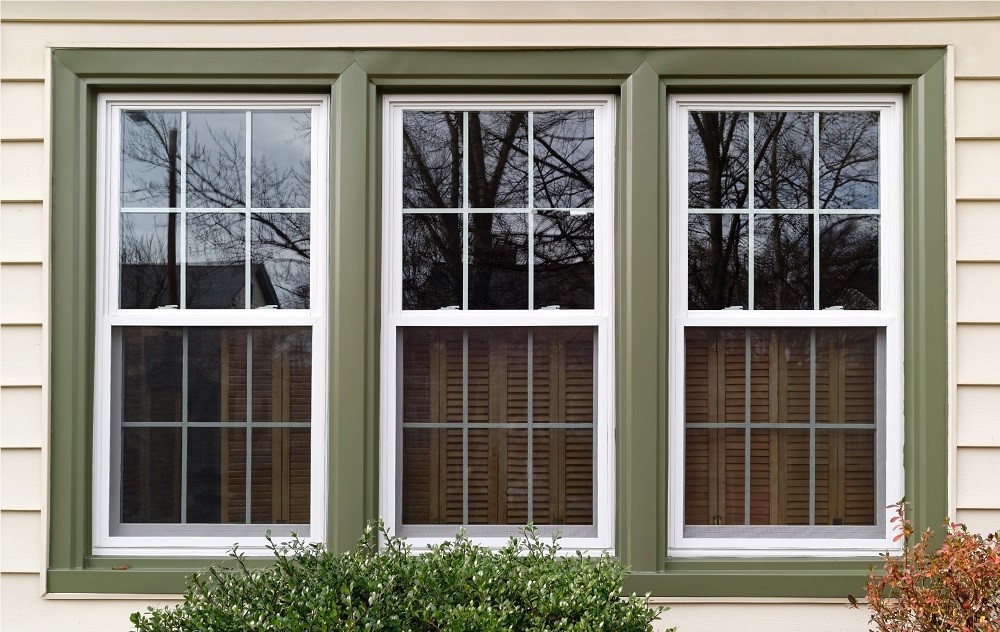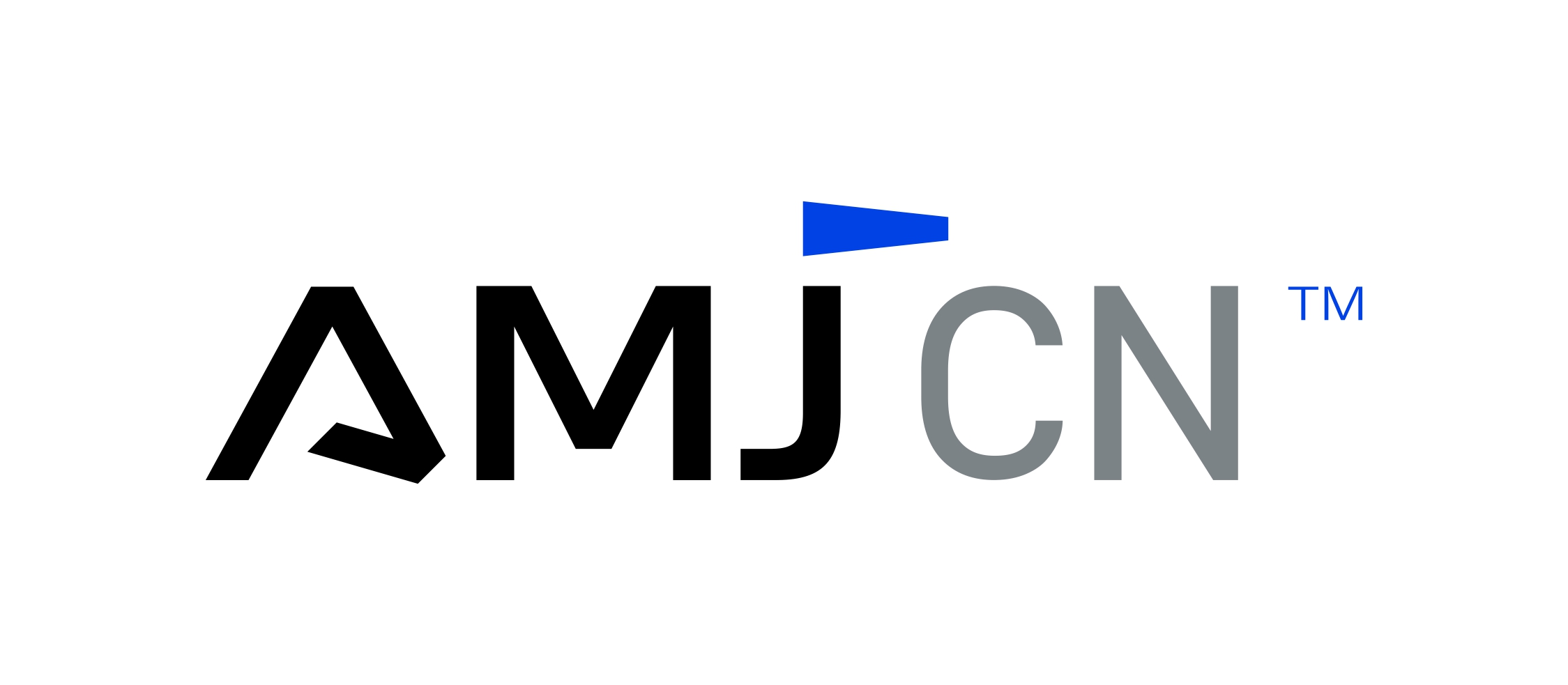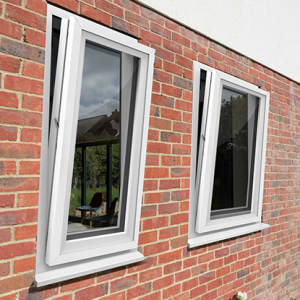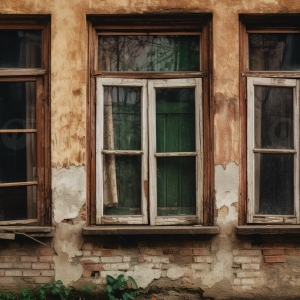Double-Hung Windows: A Comprehensive Guide
Double-Hung Windows: A Comprehensive Guide

Design and Functionality:
Two movable sashes: Both upper and lower panels can slide vertically.
Tilt-in feature: Many modern designs allow sashes to tilt inward for easy cleaning.
Vertical operation: Ideal for spaces with limited side clearance.
Historical Context:
Origins date back centuries, popular in 18th and 19th-century architecture.
Continuously evolved to meet contemporary energy efficiency standards.
Benefits:
Improved ventilation: Open both sashes for enhanced air circulation.
Customizable airflow: Adjust top and bottom sashes independently.
Child safety: Open top sash while keeping bottom closed to prevent accidents.
Energy efficiency: Modern versions often include double or triple-pane glass and improved sealing.
Aesthetic versatility: Suit various architectural styles from colonial to contemporary.
Maintenance and Durability:
Easier to clean than many other window styles, especially with tilt-in feature.
Available in various materials (wood, vinyl, fiberglass) for different maintenance needs and budgets.
Considerations:
May be slightly less energy-efficient than fixed windows due to movable parts.
Proper installation crucial for optimal performance and longevity.
When choosing windows for your home, consider consulting with a professional window supplier. They can provide detailed information on current models, energy ratings, and how double-hung windows might fit your specific home design and climate needs. They can also offer guidance on complementary architectural elements and potential long-term cost savings through improved energy efficiency.






